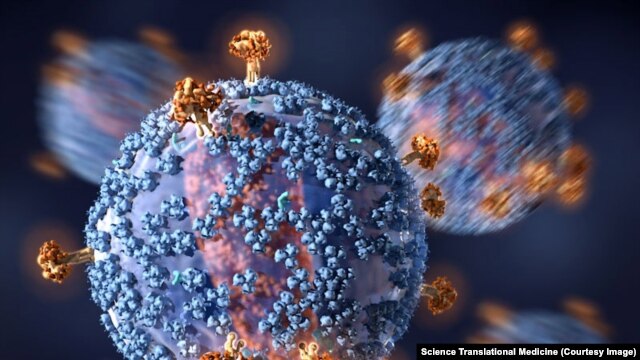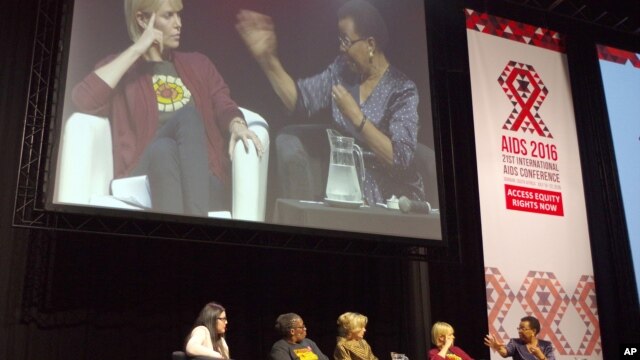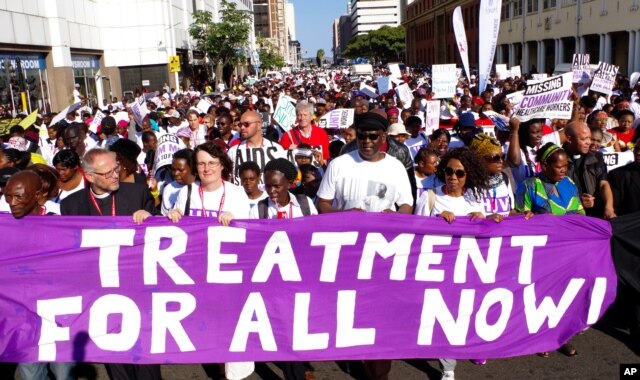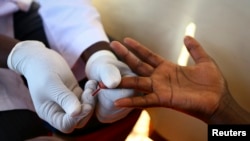I was asked why the USA has like more than 400 times more people living with HIV and AIDS than New Zealand does.
I have no problem in giving the answer, and there I'll even level with ya....
Because American big cities are where the lifestyle in America often described as "Scummy" lives.
That's where the crime is, that's where there drugs are, that's where the poverty is, and that's where the lack of education and lack of self respect lives, and that's where the lack of personal achievement lives.
here in America.
And here in America that is also where the 3rd world trash from places like Puerto Rico, Mexico, Brazil, Sub Saharan Africa and the Caribbean and Vietnam, Cambodia and Laos all live, along with American blacks.
And that's where the Homosexuals also live.
The Big cities in America are where in America, that poor personal discipline and poor personal responsibility, poor awareness of personal behavior and a poor understanding of consequences, and an atrocity for an attitude lives.
In the Big Cities.
Los Angeles, San Francisco, Philadelphia, Chicago, parts of New York City, Boston, Baltimore, Saint Louis, Dallas, you name it.
That is the reason why America has such a higher population and population percentage of those with HIV, than New Zealand.
Because New Zealand doesn't have those problems.
I have no problem in giving the answer, and there I'll even level with ya....
Because American big cities are where the lifestyle in America often described as "Scummy" lives.
That's where the crime is, that's where there drugs are, that's where the poverty is, and that's where the lack of education and lack of self respect lives, and that's where the lack of personal achievement lives.
here in America.
And here in America that is also where the 3rd world trash from places like Puerto Rico, Mexico, Brazil, Sub Saharan Africa and the Caribbean and Vietnam, Cambodia and Laos all live, along with American blacks.
And that's where the Homosexuals also live.
The Big cities in America are where in America, that poor personal discipline and poor personal responsibility, poor awareness of personal behavior and a poor understanding of consequences, and an atrocity for an attitude lives.
In the Big Cities.
Los Angeles, San Francisco, Philadelphia, Chicago, parts of New York City, Boston, Baltimore, Saint Louis, Dallas, you name it.
That is the reason why America has such a higher population and population percentage of those with HIV, than New Zealand.
Because New Zealand doesn't have those problems.
Last edited:








